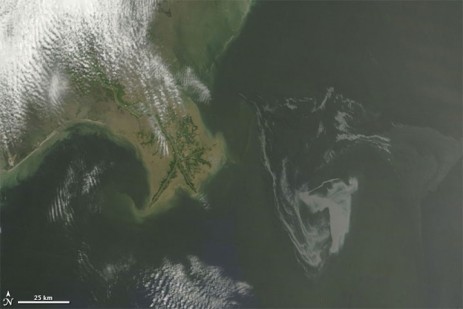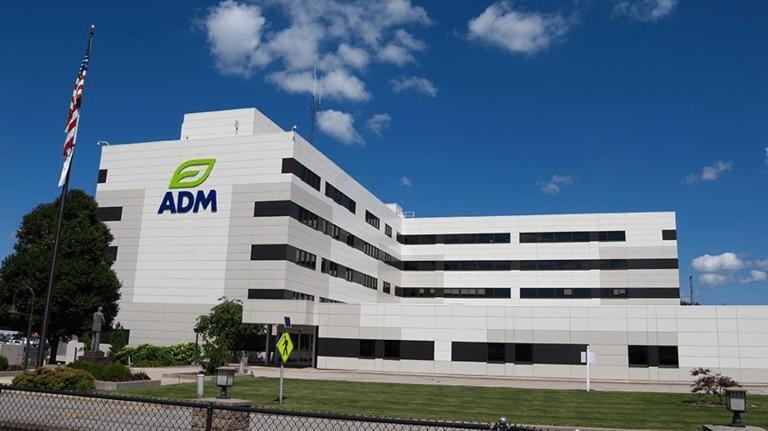After the BP Deepwater Horizon spill, the Obama administration decided to dig deep into the environmental problems that faced the Gulf Coast and, in the way of governments everywhere, set up a task force to study the issues. This week, that task force released its report. According to the report’s introduction, the president's directive to study these issues was "an important commitment to the Gulf Coast community that went beyond the crisis of the moment and recognized the decades of significant and persistent decline the region has endured." In other words, a bunch of people just spent a year figuring out what was pretty obvious to begin with.
The EPA’s press release about the report says that key priorities include putting ecosystem restoration "on equal footing with historic uses such as navigation and flood damage reductions." (This sounds a lot like the Obama administrations' wild lands initiative, which fell flat on its butt.) Two other priorities: reducing the nutrient flow that's turning the Gulf into a dead zone and working with Gulf Coast residents on solutions. So … fix stuff.
In the actual report, the goals are even more blessedly vague. The task force wants to: restore and conserve habitat, restore water quality, replenish and protect living coastal and marine resources, and enhance community resilience. It took 40 public meetings and five Gulf states and 11 federal agencies, joined in a "broadly collaborative strategy," to come up with this.
The press release notes that the USDA is putting $50 million into working towards these goals, which is a pittance in government budget terms. But the release also notes that those millions represent "a 1,100 percent increase in financial assistance for Gulf priority watersheds." In other words, even if the government's doing next to nothing now to ensure the long-term health of the Gulf, it's doing a hell of a lot more than it was before.



